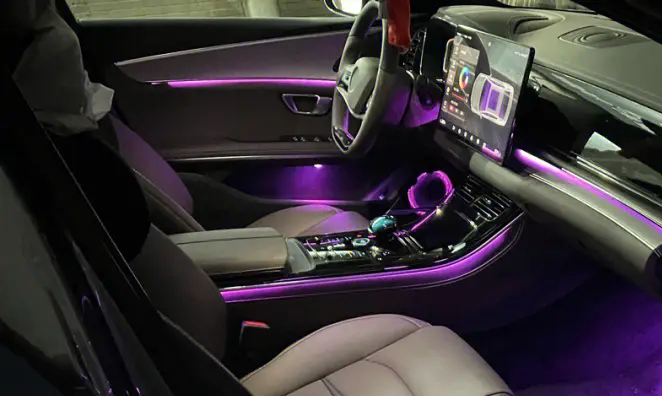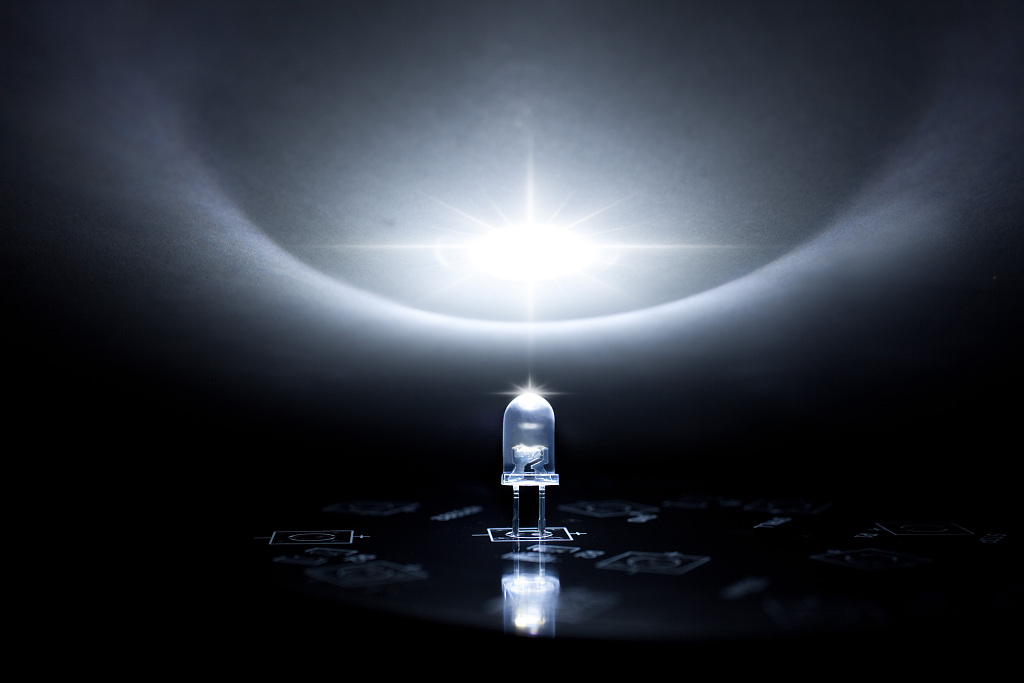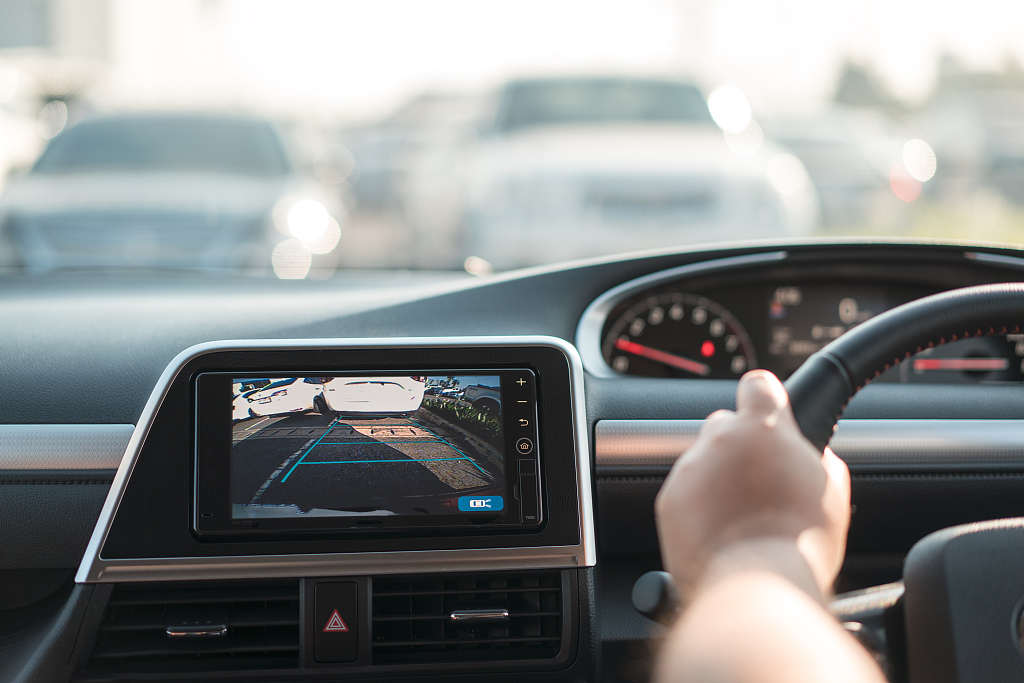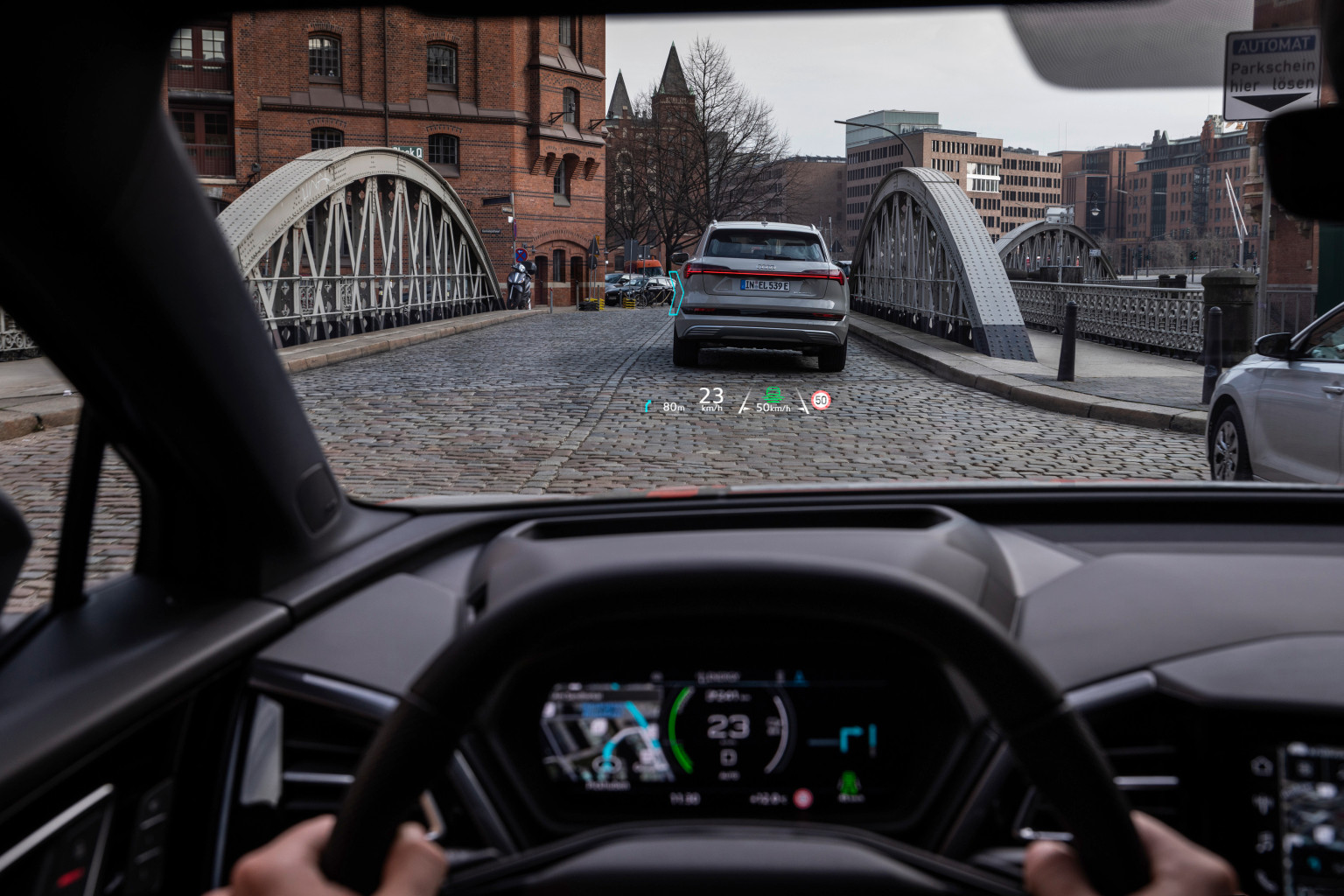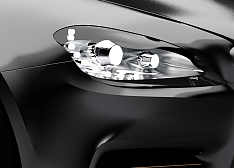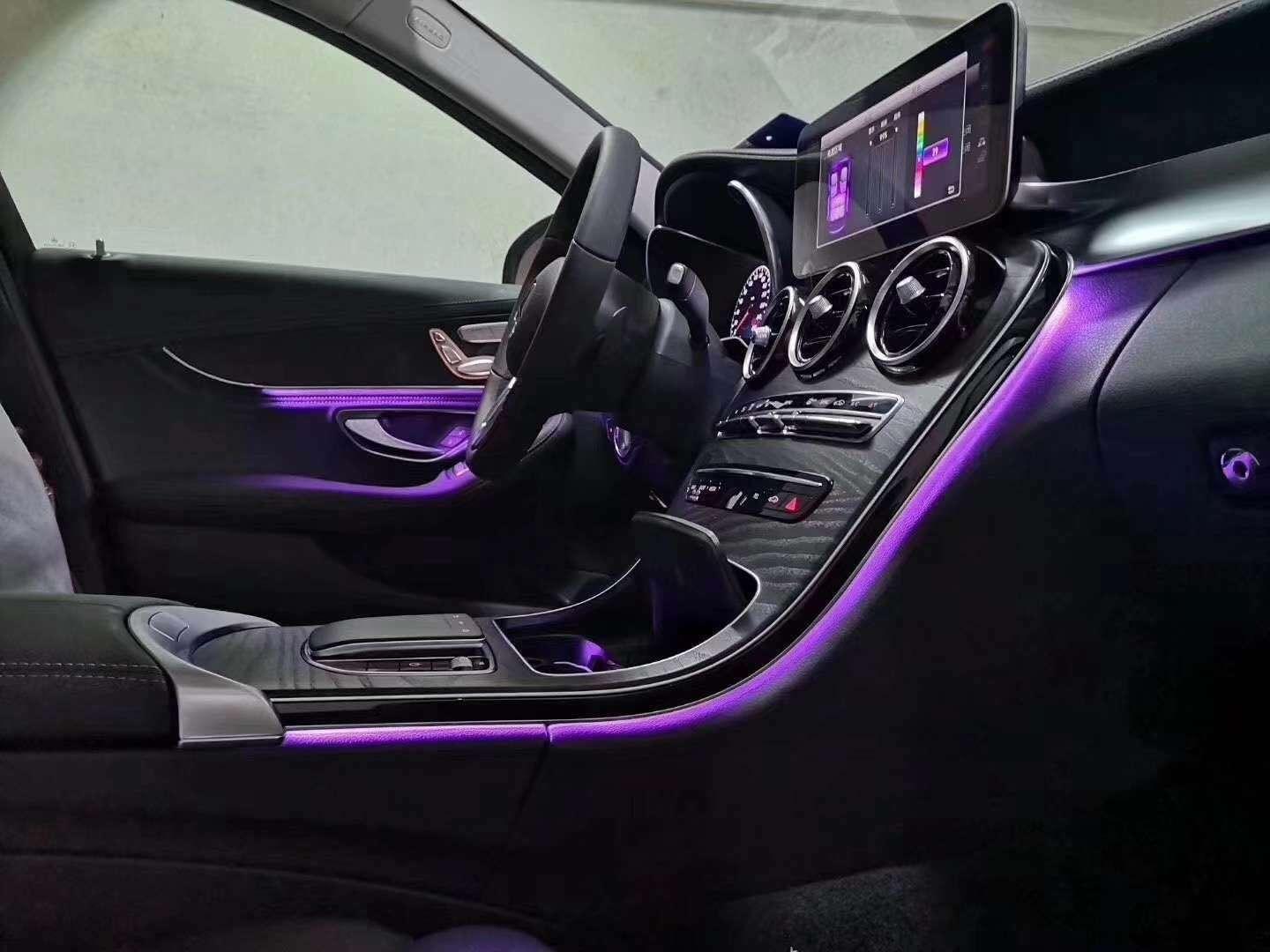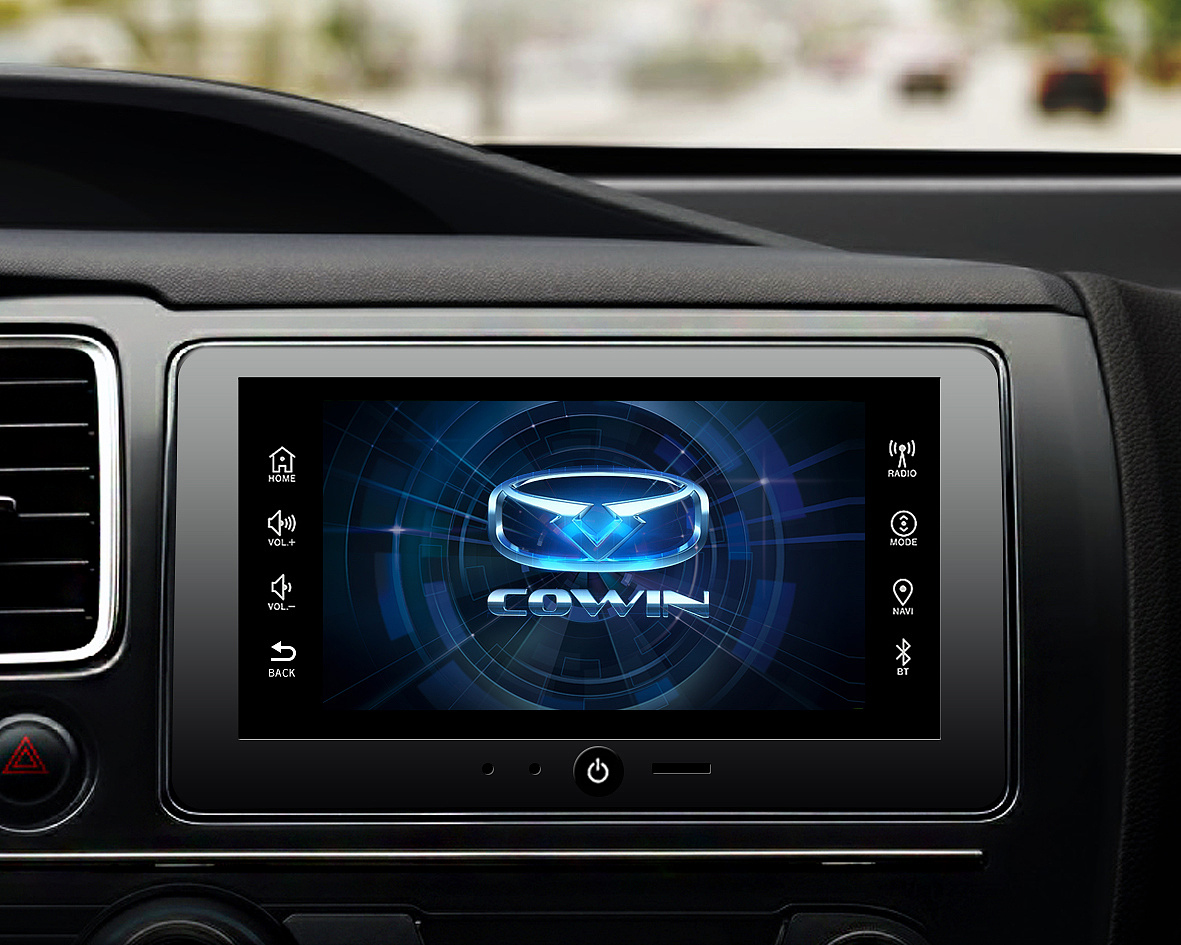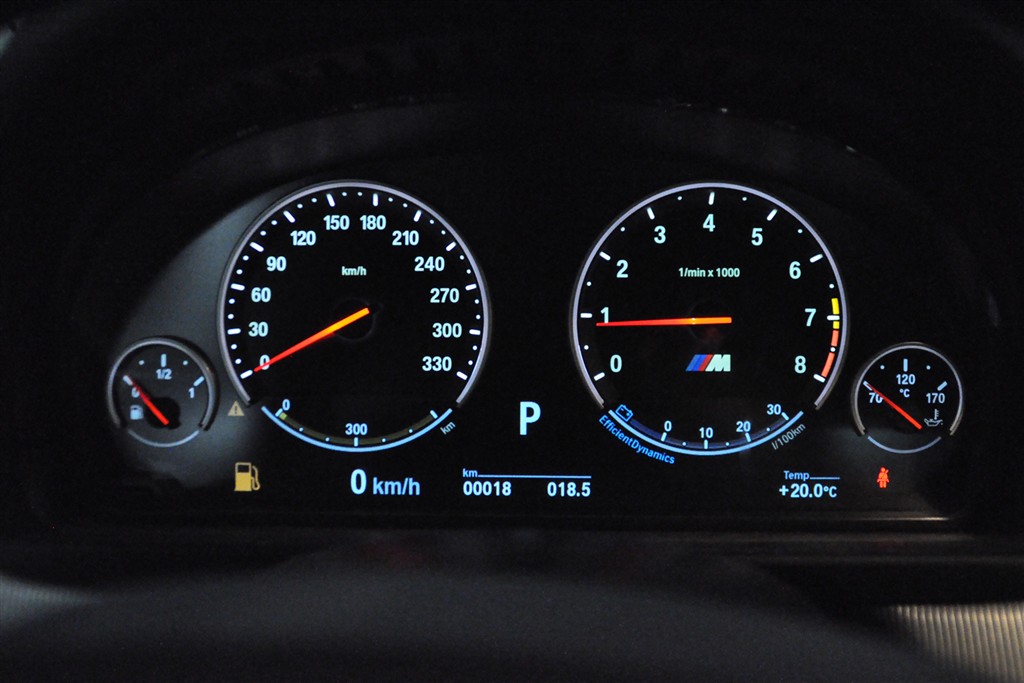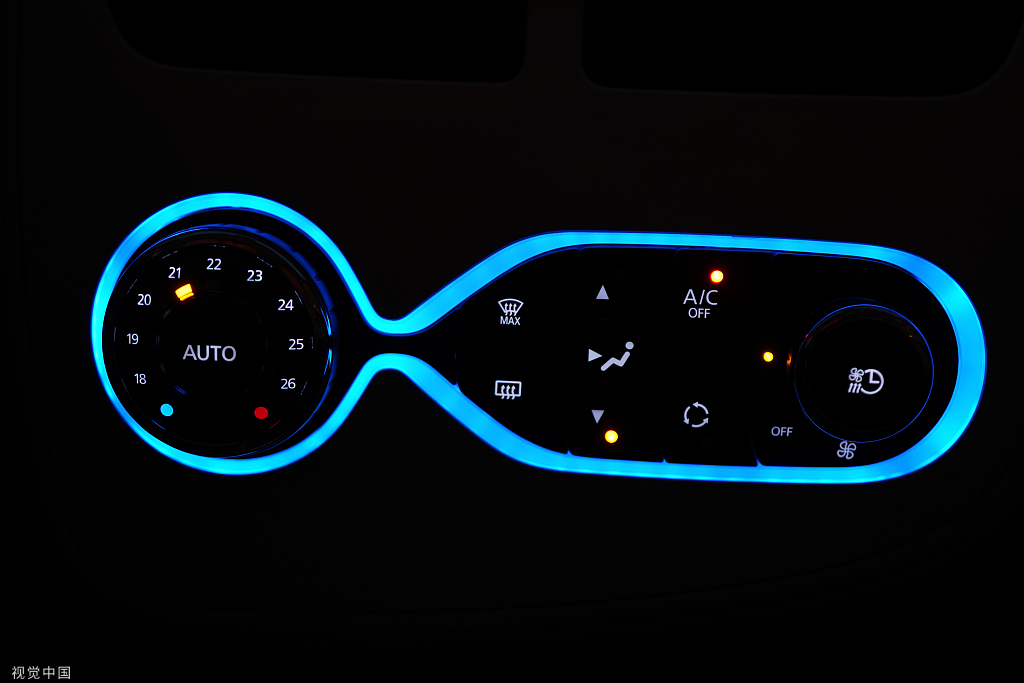What are the components in a car that are related to the display? Large to have center console instrument display, multimedia display, interior with ambient lights, small to have backlight button character display, and so on. And the application of multimedia displays is also increasing, with multiple multimedia displays configured in some new energy vehicles and business vehicles. The luminous effect of these display components in cars directly affects driving safety and the overall interior effect.
Car multimedia displays have evolved from digital displays in the 1970s and 1980s to various LCD screens, OLED screens, and even displays using new luminescent materials such as Mini LEDs. At the same time, with the rapid development of new energy vehicles, the size of the display screen is constantly moving towards a touch screen.
light source
Car Camera Monitoring System
UN Regulation No. 46 has been adopted by many countries and is the first regulation to allow for the replacement of legally required rearview mirrors in passenger and commercial vehicles with electronic display based systems (known as camera monitoring systems (CMS)). In the United States, the National Highway Traffic Safety Administration (NHTSA) is considering approving CMS as a rear view system subject to FMVSS No. 111.
The rainbow spectral imaging colorimeter, when used in conjunction with software, can provide a solution for CMS display testing, including testing efficiency advantages (all measurements are performed through a single solution), color evaluation for CIE matching, high-resolution imaging at a distance of 10 meters for testing the MTF of test images as required, MTF testing that meets the ISO 12233 parameters required for tilted edge contrast evaluation Angle performance measurement of various viewing directions (customized lens using rainbow spectrum light color) and software Test suite.
In order to ensure that CMS design and implementation meet the requirements of the United Nations and the United States, the testing methods are documented in UN Regulation No. 46, ISO 16505 ("Road Vehicles - Ergonomic and Performance Aspects of Camera Monitoring Systems - Requirements and Test Procedures"), and SAE Recommended Practice J3155 ("Camera Monitoring System Testing Protocol and Performance Requirements"). SAE J3155 draws on the ISO 16505 document and provides recommended testing parameters to support FMVSS No. 111 in the United States. All documents outline the methods for testing the optical, electrical, mechanical, and functional effectiveness of CMS. The necessary tests performed on the monitor aim to evaluate the integrity of the CMS camera signal and the visual performance of the monitor itself, in order to achieve ideal mapping of real-world scenes.
Car Head Up Display (HUD)
The automotive HUD head up display presents users with unique measurement challenges, as they must consider potential brightness changes on an infinite plane. The CXS series imaging colorimeters and photometers use electronic control lenses, which can effectively recognize and focus images projected to infinity. This function enables the rainbow spectrum color analysis software to provide accurate brightness and chromaticity measurements at any working distance.
Our software's HUD module provides specific tests for evaluating enhanced projection quality.
Headlamps
The rainbow spectrum color automotive lighting detection system is indispensable in the application of headlight detection, especially when they become increasingly complex. Today's intelligent headlights require multiple measurements to ensure proper lighting in all settings. An effective and efficient method for detecting the performance of headlights is to project the light source onto a prepared flat surface (wall or bracket), where the imaging colorimeter captures the illumination distribution in a single or multiple measurements. Then, users can use the rainbow spectral light color CXS series imaging colorimeter headlight detection module (tailored for headlight detection) to analyze and assemble according to the standards defined by different needs.
The functions of the rainbow spectral color CXS series imaging colorimeter include:
? Measurement of illuminance distribution of light source
? Detection of ECE and SAE regulations Test point
? Customized Test point detection
Detection of cutoff gradient in beam pattern
? Luminous intensity distribution
? Road lighting distribution
? Data analysis function, including bitmap, contour map, and cross-section
Car ambient light
With the popularization of LED applications and the development of automotive intelligence, the application of automotive interior atmosphere lights in intelligent cockpit instrument center control, sunroof, door panel, door handle, saddle and other positions is gradually penetrating, and the requirements for product visual appearance are constantly increasing. The common challenges in the production design of interior lighting products include not exposing the light source, the elongated shape of car ambient lights, low brightness, poor brightness uniformity, and LED prone to color deviation. Therefore, testing the brightness, chromaticity, and color uniformity of ambient lights is an indispensable standard requirement for products.
For the measurement of automotive ambient lights, traditional point type brightness meters have the characteristics of high cost-effectiveness and portability. They can complete the measurement of linear ambient light strips, and the measurement accuracy is also impressive. For example, the OHSP350L spectral color brightness meter has brightness and chromaticity measurement capabilities comparable to the spectroradiometer. For the product development stage or occasions with better requirements for measurement accuracy, the CXS series imaging colorimeter is more trustworthy. It can simultaneously capture the brightness and chromaticity information of all points on the entire plane, with obvious advantages in measurement speed. Its application in the product mass production stage is widely praised.
Car Monitor
The car display system integrates information, car navigation, and entertainment systems, and the car display effect plays an important role in the overall interior experience of the car. With the improvement of living standards, customers' requirements for car interiors are also increasing, resulting in higher requirements for the color and clarity of car display screens. Secondly, the brightness, chromaticity, luminous effect, and clarity of the on-board display directly affect driving safety. The larger the screen, the higher the probability of the driver's attention being distracted. Therefore, car display manufacturers should strictly implement product quality control.
Car display backlight: such as instrument indicator information display, button character display backlight, and multimedia display backlight. For multimedia display backlight measurement, the CXS series imaging colorimeter can be used to efficiently measure the brightness and chromaticity of car mounted displays!
Dashboard panel
As the most intuitive embodiment of automobile driving performance, the reliability and stability of Dashboard performance will directly affect the life safety of automobile drivers, so more and more automobile manufacturers attach importance to it. As an important factor in the quality assurance of automobile products, it is a prerequisite for the quality and safety assurance of automobile products to ensure the accuracy of the indicator readings of various instruments on the Dashboard panel and the correctness of the display of prompt symbols. However, the traditional test of Dashboard panel mainly relies on the electrical test system+human eyes. The electrical control system is mainly responsible for sending the corresponding test commands. The testers identify the instrument readings and display symbols through eye observation. This test method is not only inefficient, but also vulnerable to human influence, which has problems such as false detection, or even missing detection. CXS series imaging colorimeter can detect the chromaticity brightness uniformity of all indicators on the Dashboard panel under the backlight state, and can realize product laboratory or online Test automation.
Car button backlight
In recent years, with the continuous development and popularization of automotive technology, the demand for personalization, humanization, and intelligence of automobiles by major consumers has been continuously increasing. In order to facilitate consumers to quickly identify the corresponding functions of the switch buttons while driving at night, thereby improving the driving experience of the car, users can use the CXS series imaging brightness meter to establish an optical simulation system, analyze and optimize the chromaticity and brightness uniformity of the car buttons. By conducting backlight simulation analysis, evaluate whether there is light leakage in the early stage structural design of the product, and whether it can meet the requirements of symbol chromaticity and brightness uniformity.



